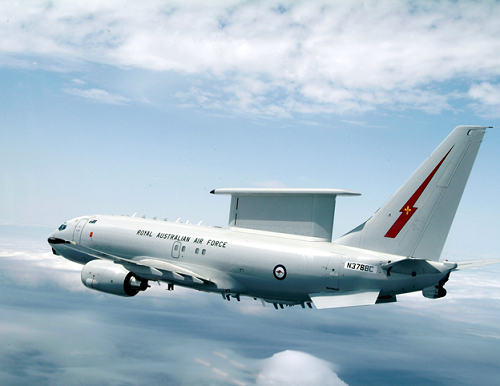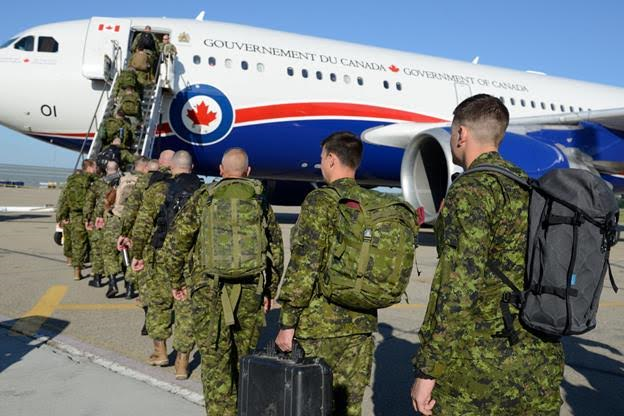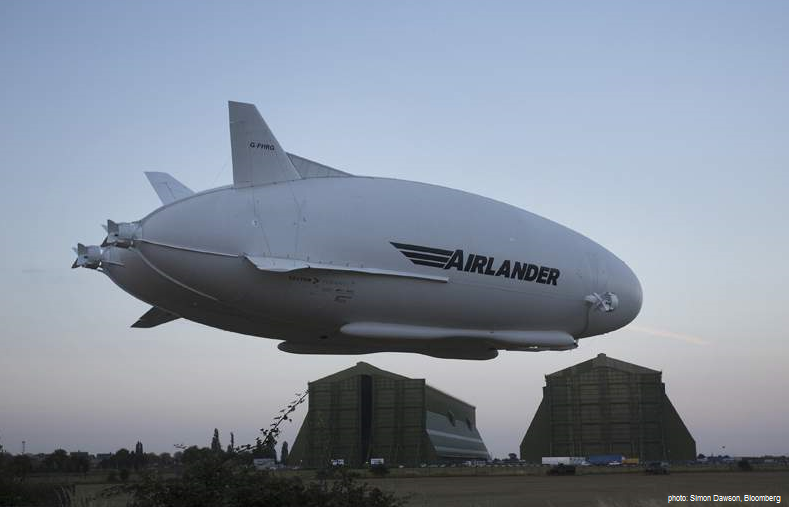Should the Royal Canadian Air Force Acquire the E-7 Wedgetail for Arctic and Northern Surveillance?
by Murray Lee
What is Wedgetail?
The Boeing 737 AEW&C is a twin-engine Airborne Early Warning and Control aircraft based on the Boeing 737 Next Generation design. It is lighter than the Boeing E-3 Sentry which has served the North Atlantic Treaty Organization (NATO) and the United States Air Force (USAF) for a number of years but it now reaching obsolescence, and has a fixed, active electronically scanned array radar antenna instead of the E-3 AWACS (Airborne Warning and Control System) familiar rotating dome.
Wedgetail was designed for the Royal Australian Air Force (RAAF) under “Project Wedgetail” Australia, like Canada, has vast northern areas of country requiring airborne surveillance. Acquiring such a system for the Royal Canadian Air Force (RCAF) would greatly enhance northern sovereignty and airborne surveillance where ground based radars have a limited capability to offer. More importantly, ground based radars can be easily targeted by enemy airborne threats as their locations are known.
The E-7 AEW&C is roughly similar to the 737-700ER. It uses the Northrop Grumman Electronic Systems Multi-role Electronically Scanned Array (MESA) radar. The electronically scanned AEW (airborne early warning) and surveillance radar is located on a dorsal fin on top of the fuselage (shown in the photo above). Despite this, the radar is still able to offer 360 degrees azimuth scan using two broadside (side-emitting) electronic manifold arrays. Each array covers two 120° sectors from starboard and port, while there is an end-fire array housed within the top hat that covers 60° front and aft of the aircraft.
In addition, the radar antenna array also doubles as an ELINT (electronic intelligence) array with a maximum range of over 850 kilometres (km) at 9,000 metres (30,000 feet) altitude. Radar signal processing equipment and the central computer are installed directly below the antenna array. The radar is capable of simultaneous air and sea search, fighter control and area search, with a maximum range of over 600 km (look-up mode). This is an important factor considering the size of the Canadian Arctic.
With a NORAD (North American Aerospace Defense Command) modernization program under development, Canada’s future contribution would be significantly enhanced with the acquisition of the E-7, not only for its proven capabilities, but for survivability and flexibility in operations.
What would be the advantages of the Wedgetail for the RCAF?
First of all, the P-8 Poseidon, purchase of which was recently announced as the Canadian Multi-Mission Aircraft, uses the Boeing 737 airframe and engines. Training and maintenance costs and commonality of logistic requirements would be streamlined thereby offering the opportunity for a central second and third line maintenance facility for both types of aircraft. The ensuing costs would likely be greatly reduced.
Secondly, dispersal of the E-7 to various locations in Canada during times of increased alert postures would greatly enhance survivability. Most major airports can provide first line support for the Boeing 737.
Thirdly, and most importantly, would be interoperability with the USAF in NORAD. As the USAF phases out the older E-3 AWACS it has announced that they will acquire Wedgetail as their primary AEW&C platform. Canadian crews could take advantage of USAF training facilities and adapt identical training standards and operational procedures. Further, NATO has ordered an initial six and the Royal Air Force is also ordering a number of E-7. There will be a ‘club’ of E-7 users that Canada could join with all the training, procedural and logistics interoperability advantages.
Dovetail the proposal into the new Defence Policy Review
As the government of Canada is currently in the process of reviewing and updating its defence policy in light of changing world events, now is the time to consider all options for the defence of North America. National Defence planners should examine the acquisition of the E-7 in their planning for NORAD modernization now as there is a long lead-time required in the production of the aircraft.
Now is the time to look forward to future operations and to plan accordingly.
Murray Lee is a retired pilot of the Royal Canadian Air Force.




